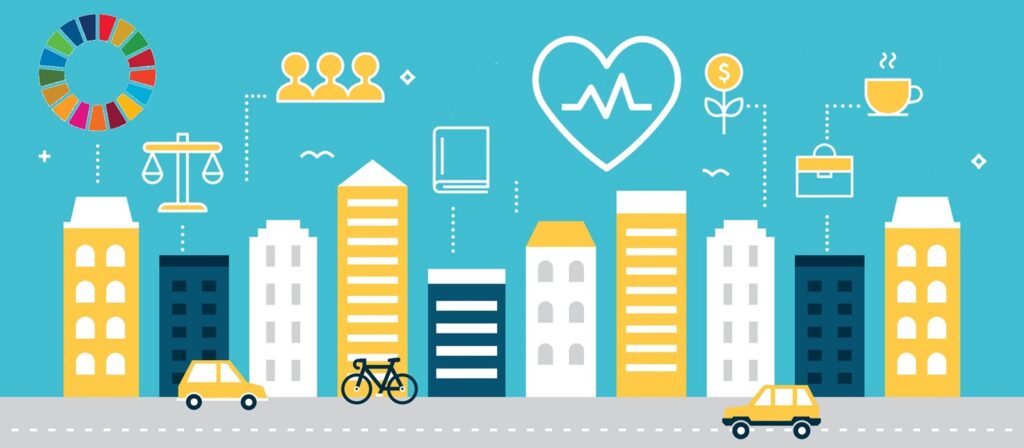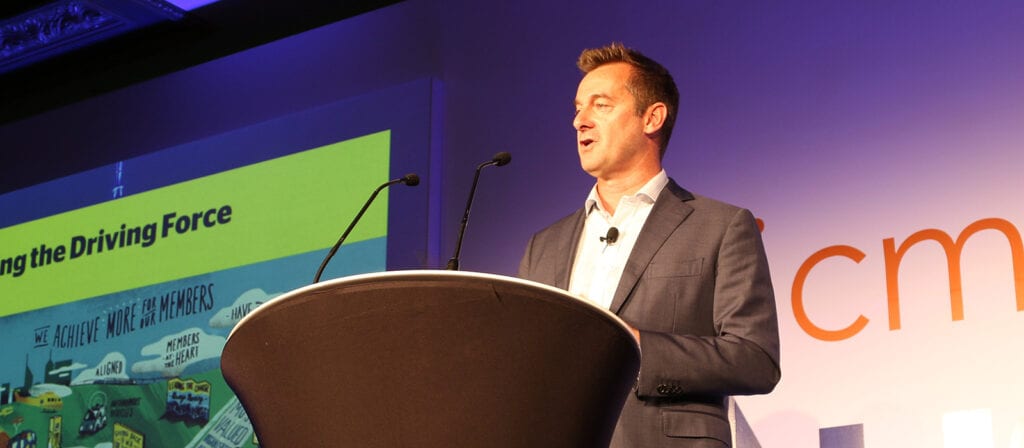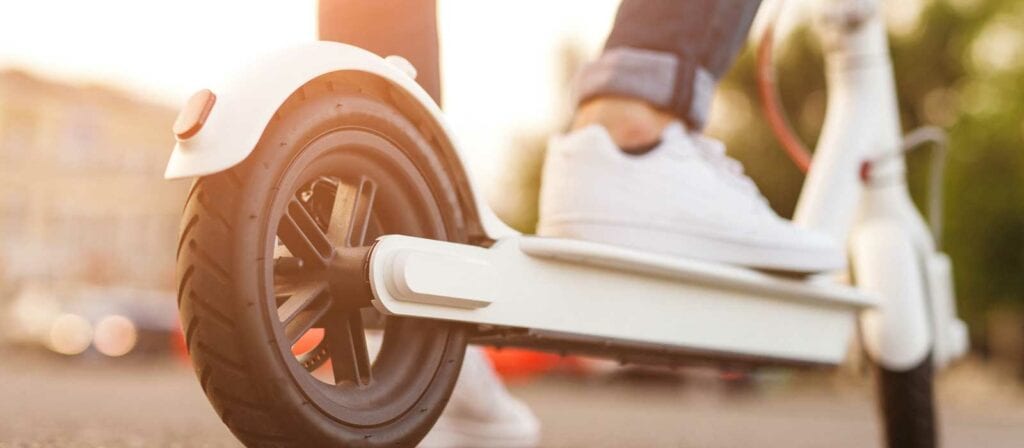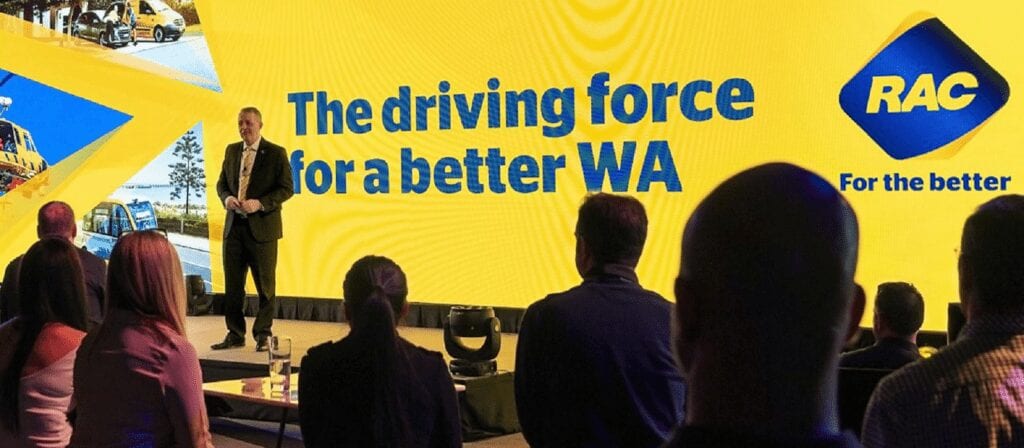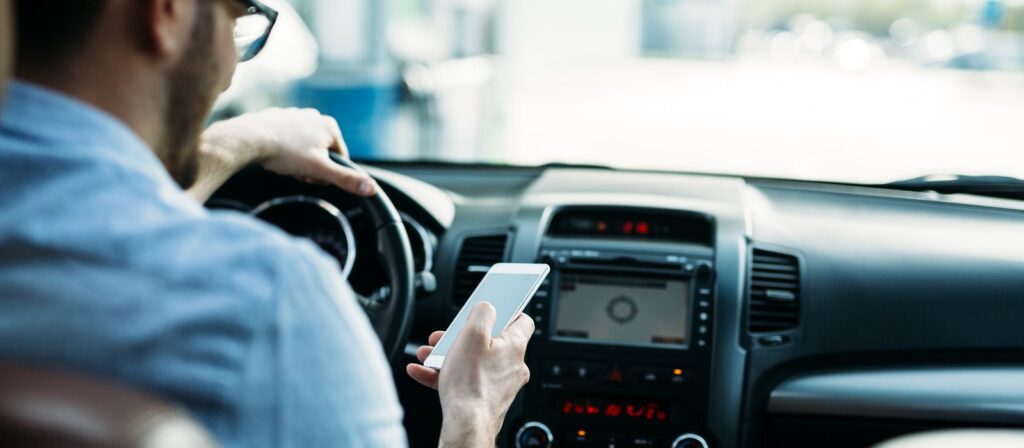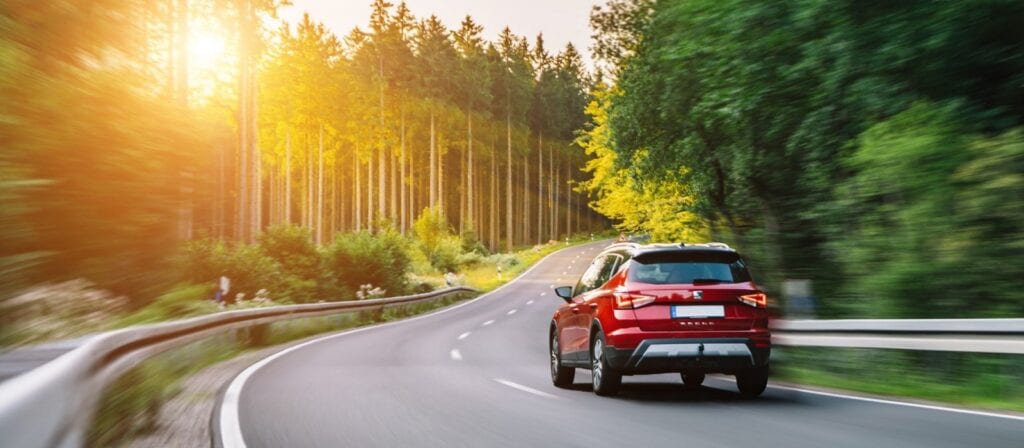Royal Automobile Club of Western Australia (RAC WA) is a purpose-led member organisation and has been a vital part of the Western Australian (WA) community for 116 years. Out of the 2.6 million people in WA, they serve 1.2 million members, totalling 60% of all WA households. Since their formation in 1905, when a group of motoring enthusiasts came together to champion the rights of vehicles and drivers, they now offer a broader range of member-based products and services, such as roadside assistance; insurance; auto services; travel; parks and resorts; tyres; home services; and security.
Being a mutual company, RAC WA do not have any shareholders and pride themselves on reinvesting their profits to benefit WA. They do this through their social impact activities and working in partnership with all levels of their government, the industry, their members and residents of Western Australia.
RAC is striving to deliver on their 2030 vision to create “a safer, sustainable, and connected future for all Western Australians”. The organisation has adopted a social impact metric which helps to keep their activities focused. The metrics are externally focused and help to monitor what is happening in the changing environment around them and to better plan, react and respond to try and influence the outcomes. These are the three pillars that underpin its purpose to be a driving force for change in Western Australia:
- Safe, towards zero KSI (people killed and seriously injured): safer roads, road users, vehicles, speeds;
- Sustainable, towards cleaner, healthier air: low/zero emission vehciles, electric vehicle (EV) charging network;
- Connected, towards better connected people and places: affordable and seamless transport networks, well planned communities.
Measured metrics for each pillar are linked to various SDGs, including SDG 3 (Sustainable Cities and Communities), to show its overall social and community impact.
Key initiatives
Fatalities when driving are not only devastating for families, but also for communities. Almost six people a day are killed on WA roads. In 2020 alone, 156 fatalities were recorded and another 1,500 were seriously injured. 65% of fatalities occurring in WA are happening on their regional roads, where only 20% of the population lives in those areas. The majority of these crashes are single vehicle incidents (such as running off of the road), or head-on collisions (from driving long distances). Most accidents involved locals as opposed to tourists and the key drivers here were fatigue and behavioural habits such as not wearing a seatbelt.
RAC’s safe system approach focuses on trying to reduce the likelihood of a crash, but also reduce the severity of the crash if it does occur. They are therefore striving for safer road users, safer roads and road signs, safer vehicles, safer speeds and post-crash care.
A RAC project to combat this was their awareness campaign. They created life-sized elephants made of pieces of crashed vehicles and placed them in regional towns. Only when the conversation was picking up on social media did they start to engage in the discussion and explain what it represented. They found that it was a very powerful campaign that inspired communities to do their action.
The Regional Road Safety Package project is looking at introducing low-cost, quick-win changes to the road environment. It aims to upgrade 17,000kms of regional roads, prevent more than 2,100 crashes causing death and serious injury, and ultimately lead to a 60% reduction in regional road trauma. The program cost AUD 900million which equalled around 3% of the overall transport spend of WA. For every AUD spent, they calculated that AUD 4 would be returned through savings to the economy and road trauma. These two factors currently cost AUD 2.4 billion, and thus RAC have now managed to receive funding and implementation has begun.
Around one in two of all WA crashes occurs at one of Perth’s 50,000 intersections and in just five years, they caused 85 deaths in Perth alone. The estimated economic cost of these casuslties is AUD 1.42 billion. The government are currently focusing on ‘black spots’ which are concentrated areas that tend to have a high number of crashes. RAC has found that this requires a higher budget due to labour costs and infrastructure work, therefore they are trying to provide lower-cost solutions to create more impact for their dollars across a wider area.
RAC Intellibus®
90% of crashes are a result of human error and so RAC are exploring a future with autonomous vehicles to try and provide a fatality-free road environment. In 2016, they started testing the Intellibus. The Intellibus project aims to engage the community and government in the discussion of what the future will look like. It is an autonomous small bus that runs along the South Perth central metropolitan area. It drives on roads with cars, people and cyclists and is Australia’s longest running trial on public roads.
The Intellibus is a level 4 autonomous vehicle. This means that it can perform all driving tasks within a mapped route. It is also fully electric. As well as testing this in Perth, the bus has also now been trialed in regional locations such as Busselton and Geraldton.
Today, 23,000 passengers have ridden the Telebus and it has travelled over 30,000 km in autonomous mode.
Australia’s CO2 emissions
As a part of their sustainability goals, RAC aim to reduce harmful vehicle emissions and their overall impact on the environment and health. They primarily do this through activities to support the uptake of low emission vehicles and also activities to support public and active transport use.
Per person, Australia’s CO2 emissions are near four-times the global average and they are the 8th highest emission contributor in the world for road transport, emitting 43 million tonnes of harmful emissions every year. In 2015, over 2,500 Australian deaths were attributed to air pollution: this is double the amount of road fatalities. As a result, RAC is trying to get the federal government to introduce a mandatory new emissions standard for new vehicles, and to address the allowable sulphur content in their petrol (which is currently 15 times more harmful than that in the USA, Europe, or China).
To try and increase the number of people using electric vehicles (which is currently under 1%), RAC aimed to launch Australia’s first electric highway in 2015. Due to people being reluctant to get electric vehicles because of a lack of infrastructure – and there being a lack of infrastructure due to a lack of uptake for electric vehicles – RAC used the electric highway to catalyse other investments in electric charging infrastructure. They have since managed to grow their highway infrastructure with it now starting in Perth and going down to Augusta. Covering this distance of 620kms, fast chargers and ultra-rapid chargers can be found at regular intervals as well as slow chargers at some of RAC’s parks and resorts.
As a result, the Australian government has created an Electric Vehicle Strategy which includes a AUD 20 million funding allowance to complement the electric highway. Since 2015, they have seen a large uptake of electric vehicles; however proportionately, they still have a long way to go.
Connecting Communities Fund
As a part of their ‘connected’ goals, RAC want WA to be a great place to live, work, and play, whilst being affordable to travel around. They want well-planned communities that connect people and places because they found that those who feel connected to their communities, rate their well-being 24% higher than those who don’t.
RAC believe that when you work in a partnership you can achieve much more than working alone. Two initiatives that they are working on within partnerships to create a better WA are:
- Connecting Communities Fund with the Town Team Movement: There are more than 50 town teams across the states of WA that comprise local people, local businesses and land owners who want to drive change in their local area. In this partnership, this year they have raised AUD 50,000 to support the Town Team projects such as meeting places, delivering local artwork, gardens and events
- Reconnect WA – Partnered with local governments: Aims to create vibrant and active places for WA to interact and reconnect. Inspire and empower people and businesses to drive change in their local areas, and lay the foundations for longer-term changes. The project allowed local governments to nominate local projects to receive funding and RAC was overwhelmed with the response. 40% of local governments across WA applied to the scheme and 75 projects were put forward for the first funding round.
